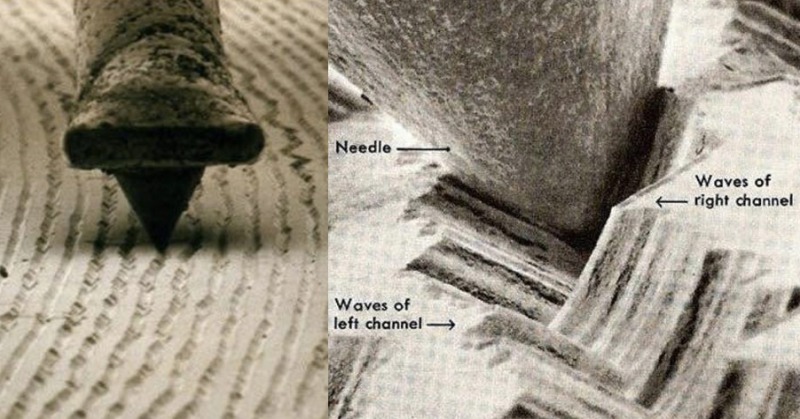I'll shoot back.
Sure, electrical current going through a conductor is unaware if it is digital or analogue, useless or not! and yes sure the current is subject to all ills that can affect it along the way, being digital or what have you.
There is a substantial difference in the 'signal' passing through a cable when it comes to analog or digital.
In the analog realm the frequency spectrum runs from DC to say... 50kHz in bandwidth. No more than that but even 100kHz or even 200kHz is not an issue.
For digital the used frequency range is magnitudes higher, in fact it is so high that wavelength, cable length and impedances start to become a factor, above several MHz range.
You are probably hinting at the fact that both are electrical signals.
BUT ....
The point was, is the digital data received at destination is going to be tainted as much as if it was analogue? if any.
How sensitive is digital signal to those ills along the way? How sensitive is analogue equivalent?
In digital transmission via cables the 'retrieval' of data (the determination if a '1' or '0' is received) is quite robust.
Only at about halfway into the transmitted bit there is a clock signal that tells the circuit to (very shortly) 'sample' the incoming signal.
That sample can have a 'range' of voltages which all result in a logical '1' being received.
The same for a '0'. At about the middle of the received 'bit' a certain range of voltages determines it is a '0'.
So any noise on the line would have to be substantial on the transmission cable and would result in a misinterpreted bit.
This can be detected (depending on the transmission method).
So VERY robust. The 'quality' of the signal, within a range, has NO influence on the transmitted data and when it does it is a misinterpreted value.
When the transmission rate is too high and/or there are high reflections (impedance mismatch, long cables) then the signal can become
Analog is clear. When you change the signal in any way this is audible.
When you change the digital transmitted signal, up to a certain point NOTHING changes in the transmitted data.
You see, if Amazon sends me unwrapped food through post, what are the chances of that food getting to me uncontaminated ?
What if it was in vacuum sealed bags?
Not an equivalent example, just a loose one to get the meaning across.
Now imagine, if Amazon just emailed me the recepie instead!
Makes no sense, very poor analogy.
Of course you have read info about 'jitter' which affects timing. The good thing is jitter is just a timing thing that can cause the (derived) clock to move a bit forward and backward.
If that recovered clock is actually used to clock out the retrieved bits you would really have a problem.
Fortunately this does not happen. The data is buffered (stored temporarily) and different clocks are used for this.
How this done and how well incoming data jitter is reduced is circuit dependent. How stable the clock is that is used for the DAC chip determines how much the timing is off at that end.
Another thing that is often mentioned, and can indeed play a role, is ground loops. Some of the 'garbage' send along (usually common mode so does NOT affect the data at all) could make it through the DACcircuit board (depends on PCB design) into the audio path.
This, however, has nothing to do with the digital signal though.



